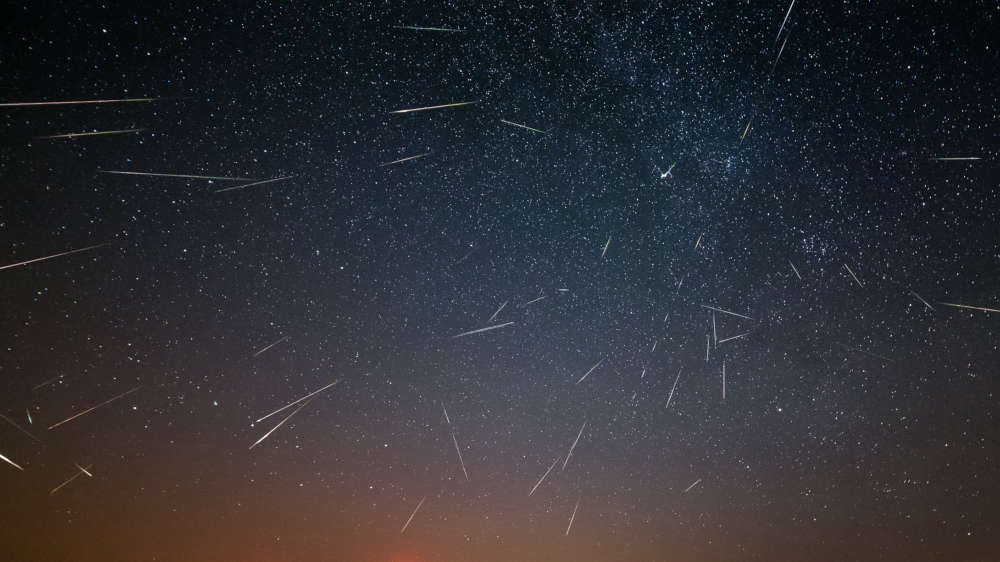
Tonight, Saturday 12 August, the year's most spectacular meteor shower will be taking place — and the South Downs are officially one of the world's best places to see the show.
Many stargazers say that Sussex is the idea place to go into the dark spaces of the South Downs and look out for shooting stars.
Met Office predictions at 9am today said it should be clear until at least midnight, though this might change.
Since 2016, the South Downs has been one of the world's nineteen official "Dark Skies Reserves", where intrusive lighting at night is discouraged by planning authorities.
This makes the national park an excellent place to stand out of doors, get your eyes used to the darkness, and then look for shooting stars in the sky.
No telescope or binoculars are needed. But what is a meteor shower?
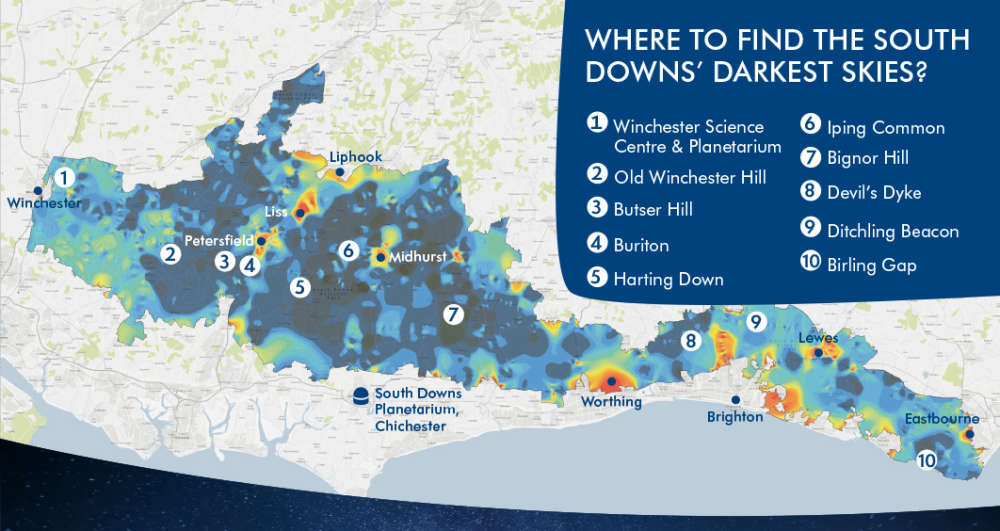
In the Earth's orbit around the sun, each year our planet passes through diffuse clouds of interplanetary dust and debris.
Nearly all the particles are so tiny and lightweight that the speed at which the earth meets them (129,600 mph!) causes them to burn up with friction caused by our protective atmosphere—or even explode as a fireball.
This burning-up makes them appear as a streak of light in the sky, before the entire piece of celestial dust turns to gas in the heat.
And this streak of light is what we call a meteor, or shooting star.
Even large pieces of debris only reach the ground very, very rarely — so watching for shooting stars is completely safe.
Tonight, one particular dust cloud is at its greatest density: the one left in the wake of comet Swift-Tuttle.
The meteors this gas cloud creates appear to come from a position in the sky near the constellation Perseus — and so this meteor shower is called the Perseids.
Here are some viewing tips:
- Find a dark (but safe!) place on the South Downs with a clear view away from buildings, trees, and street lights.
- Turn off all torches and phones for 15 minutes so that your eyes can adjust to the darkness.
- If you need to use a torch, trying making a dark red filter for it.
- Make sure that you’re warm and comfortable. The Perseids can be viewed for many hours.
Here is advice from the South Downs National Park Authority about where to find the darkest skies in Sussex.
https://www.southdowns.gov.uk/dark-night-skies/where-to-stargaze/
If you manage to photograph anything spectacular tonight, More Radio journalists would love to share your images if that's ok with you. Email images or links to news@moreradio.online — we might share your image with readers, and can't pay, but the copyright is always yours.


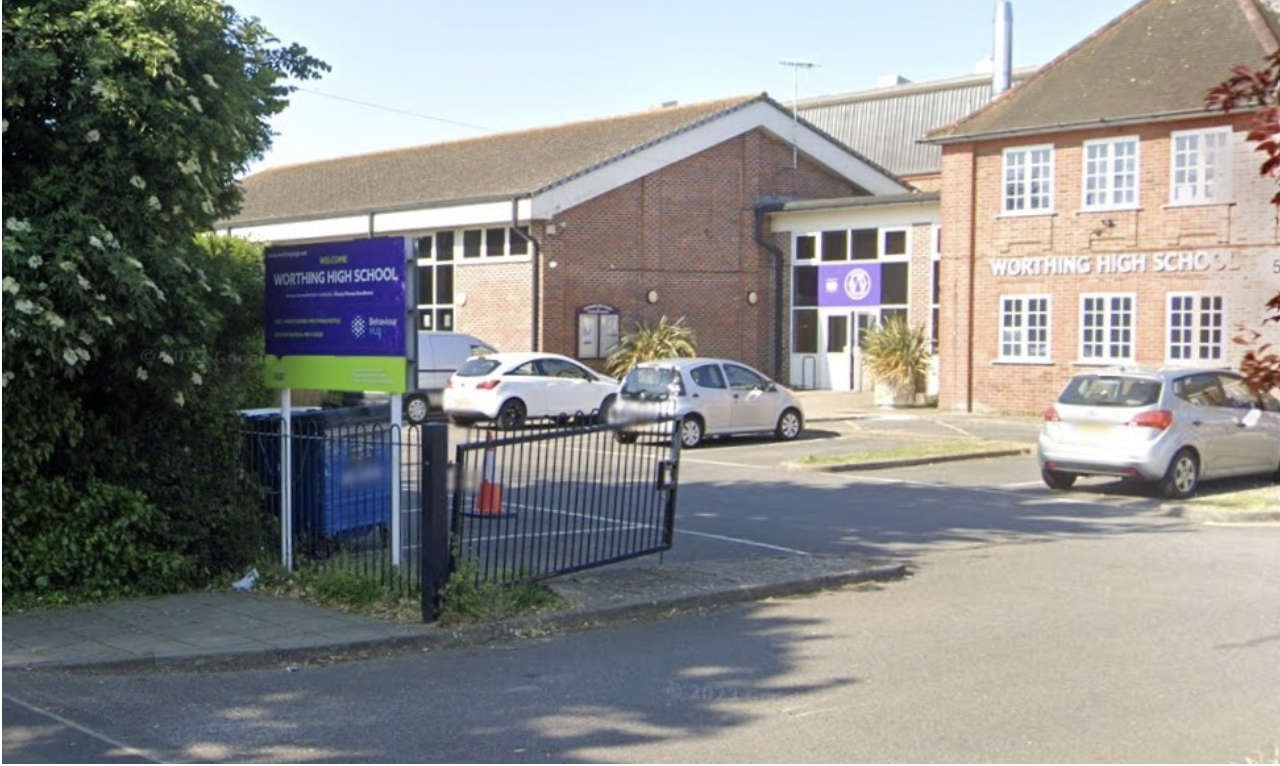 Over £2.4m Approved For Worthing School Support Centre
Over £2.4m Approved For Worthing School Support Centre
 Section Of M25 To Close Again Tonight - As Drivers Warned Not To Get Complacent
Section Of M25 To Close Again Tonight - As Drivers Warned Not To Get Complacent
 Plans For 800 New Horsham Homes Refused
Plans For 800 New Horsham Homes Refused
 Over 200 Co-Living Flats Approved For Brighton
Over 200 Co-Living Flats Approved For Brighton
 Teenager In Custody On Crawley Attempted Murder Charge
Teenager In Custody On Crawley Attempted Murder Charge
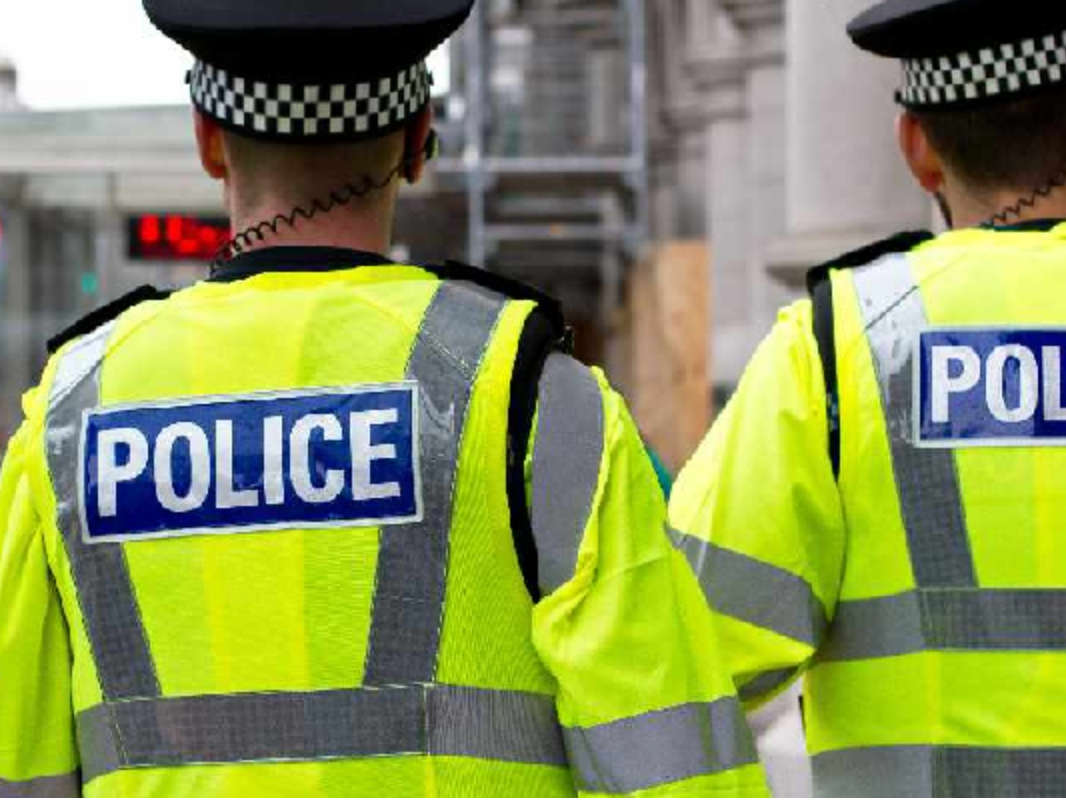 Appeal Following Assault In Hastings
Appeal Following Assault In Hastings
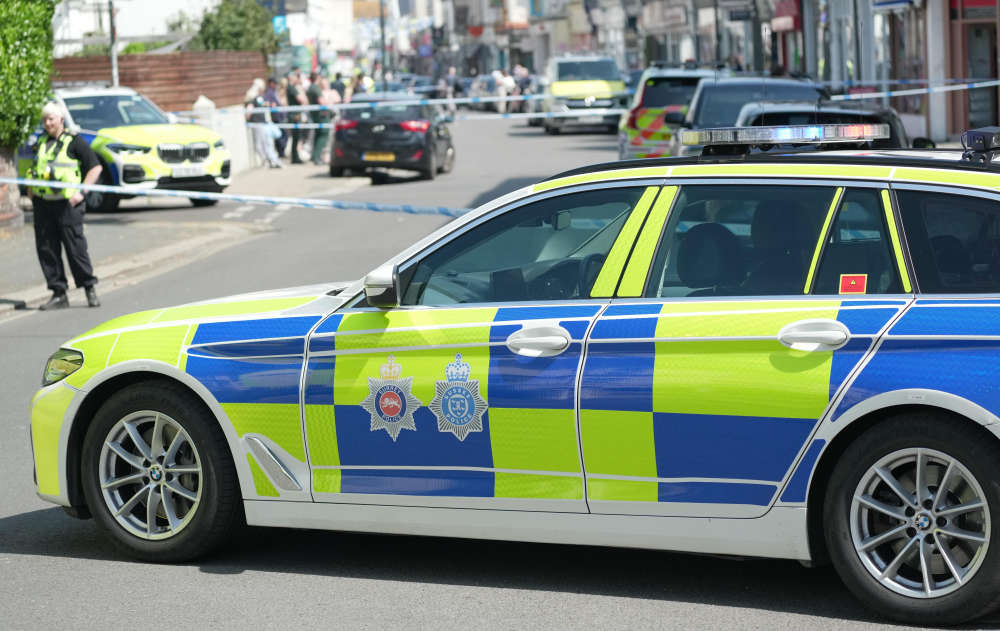 Road Closed As Armed Police Attend Incident In Worthing
Road Closed As Armed Police Attend Incident In Worthing
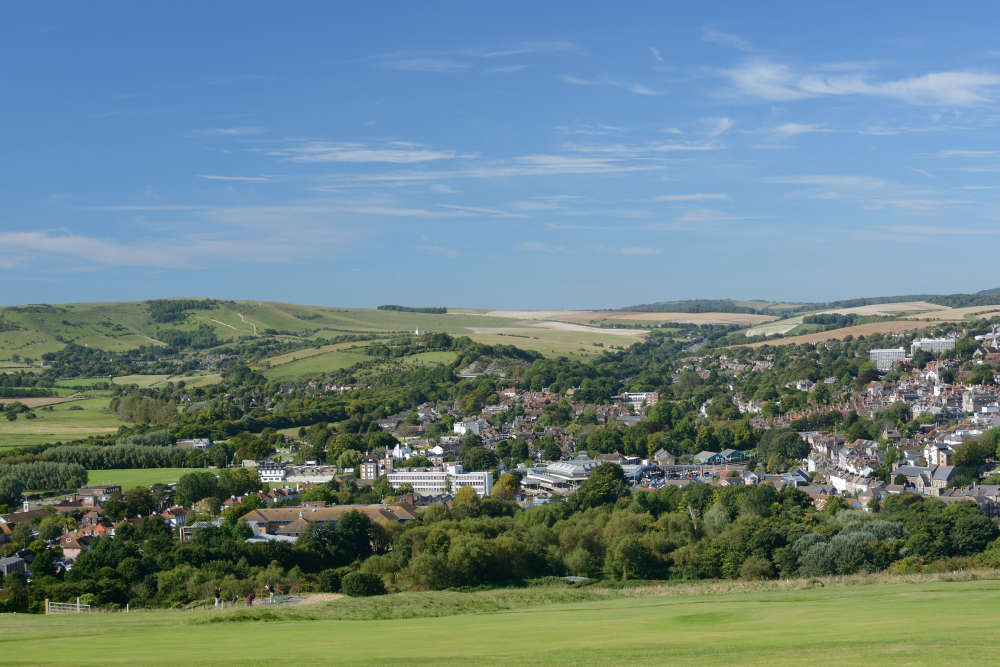 Lewes District Council Placed In Planning Special Measures
Lewes District Council Placed In Planning Special Measures
 ‘Life-Changing’ Medication For Asthma Patients Now Available In Sussex
‘Life-Changing’ Medication For Asthma Patients Now Available In Sussex
 Arms Factory Demonstrator Disrupts Brighton & Hove Council Meeting
Arms Factory Demonstrator Disrupts Brighton & Hove Council Meeting